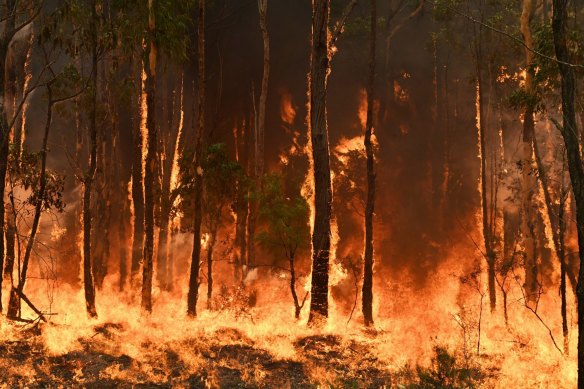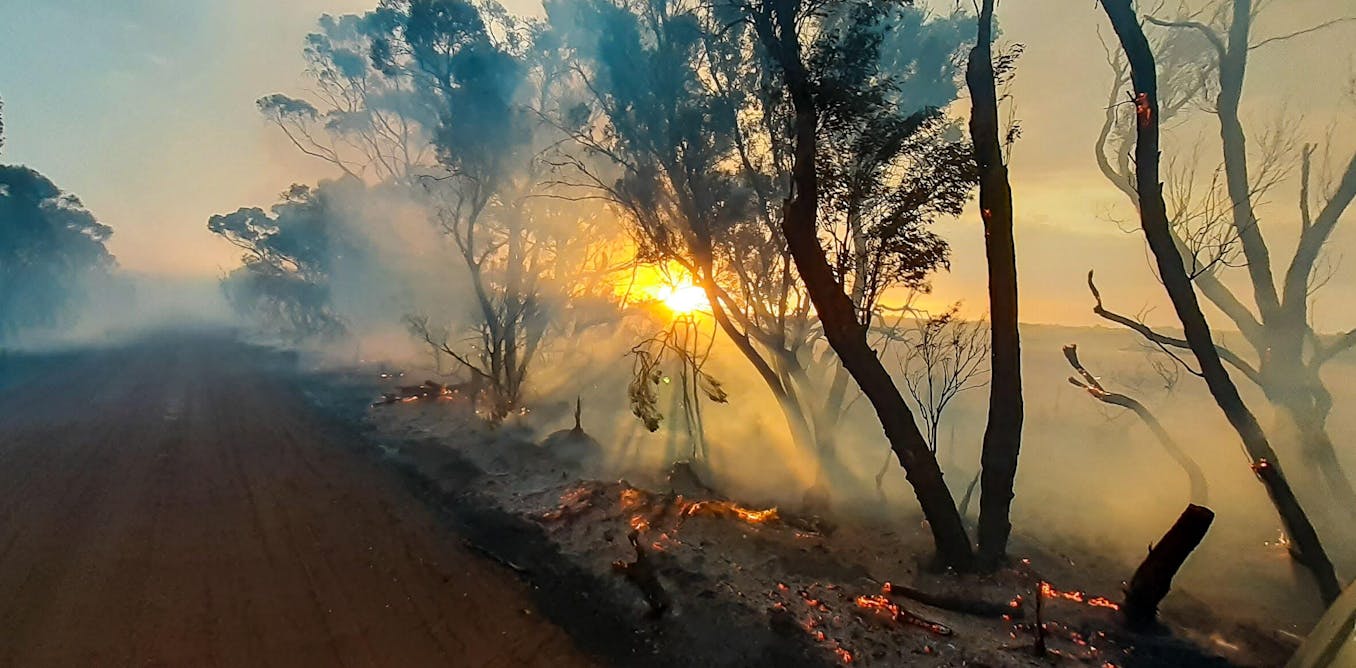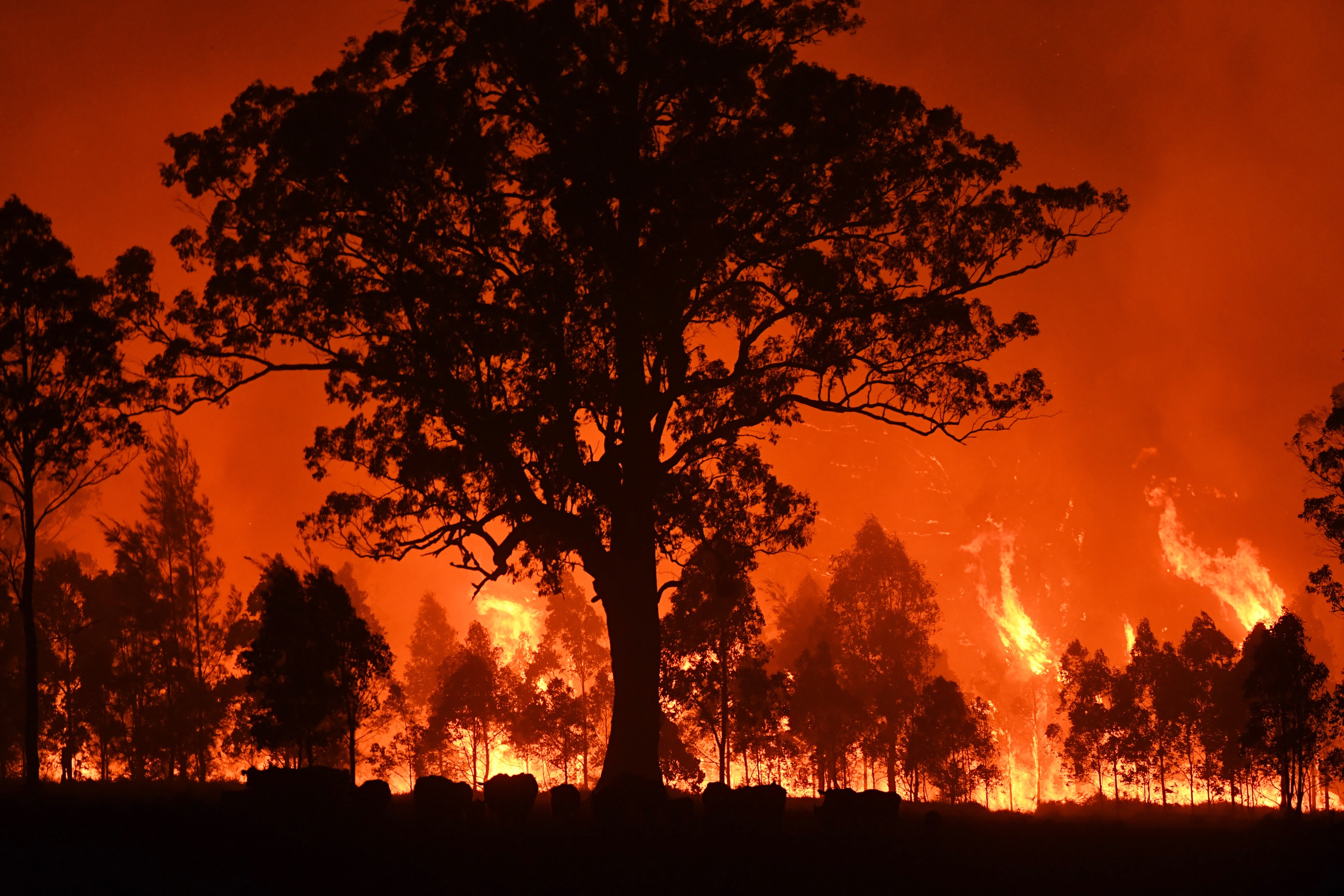Demystifying BAL Reports: An Overview to Comprehending Your Residential or commercial property's Bushfire Risk
Demystifying BAL Reports: An Overview to Comprehending Your Residential or commercial property's Bushfire Risk
Blog Article
Exactly How BAL Report Impacts Bush Fire Security Actions
In the world of bush fire protection, the Building Strike Degree (BAL) report stands as a crucial tool that substantially affects the security and durability of residential or commercial properties in fire-prone locations - BAL Report. The impact of a BAL evaluation extends far past mere documentation; it serves as the cornerstone for figuring out the suitable building and construction requirements and fire security measures essential to reduce the threats presented by bushfires. As areas come to grips with increasingly extreme fire periods, comprehending how the BAL record shapes these safety measures becomes critical for builders, house owners, and policymakers alike
Understanding the Bushfire Attack Level

Significance of BAL Report Evaluation

Additionally, the BAL record evaluation offers as a fundamental step in complying with legal obligations and needs associated with bushfire protection. Regional councils and authorities often mandate the entry of a BAL report as component of the planning and building approval procedure to make certain that buildings are adequately guarded against bushfire risks. Stopping working to conduct an extensive BAL report assessment can cause insufficient defense measures, leaving properties susceptible to ruining bushfire occurrences.
Building Criteria Based Upon BAL
A detailed understanding of the Bushfire Assault Degree (BAL) enables homeowner to apply building criteria tailored to their details threat profile. Building criteria based upon BAL are critical in mitigating the influence of bushfires on homes. The BAL rating categorizes the possible risk a home encounters throughout a bushfire on a range from BAL-Low to BAL-FZ (Flame Area) Each BAL level represents specific construction needs outlined in the Australian Typical AS3959-2018 Building of Buildings in Bushfire-Prone Locations. Homes categorized as BAL-Low may only require basic measures such as getting rid of particles and maintaining yards, while those in greater BAL categories need more durable steps like cinder displays, fireproof materials, and secured windows. Sticking to these building requirements not only improves the structural durability of the residential property but additionally enhances the general security of residents during a bushfire occasion. Residential property owners should carefully consider their BAL rating and comply with the equivalent building requirements to effectively guard their homes and owners.
Executing Fire Protection Procedures
With the foundation of building and construction requirements based upon Bushfire Assault Level (BAL) in position, the emphasis now moves towards the functional execution of fire security steps to strengthen residential or commercial properties against bushfire risks. Executing fire protection steps entails a mix of passive and active strategies to enhance the resilience of structures in bushfire-prone areas. Passive measures consist of making use of fireproof structure materials, installing ash guards on vents, sealing spaces in walls and roofs, and maintaining a clear area around the residential or commercial property devoid of flammable greenery. Energetic steps encompass having firefighting equipment easily offered, such as pipes and water pumps, as well as developing a defendable space around the residential or commercial property by getting rid of plant life and having a click over here properly maintained yard. Additionally, developing an emptying plan and making certain all locals recognize emergency procedures are crucial elements of effective fire defense steps. By incorporating both passive and energetic techniques, residential properties can substantially reduce their susceptability to bushfire events and boost the safety of passengers.
Shielding Houses Versus Bushfires
Successfully securing homes versus the devastating impacts of bushfires needs a aggressive and detailed method to fire security measures. Homeowners residing in bushfire-prone locations have to prioritize the implementation of different strategies to boost their building's durability against wildfires. One basic facet is developing a defensible space around the home by maintaining a clear area free of flammable materials. This consists of consistently trimming vegetation, removing dead plants, and making certain a secure range between trees and structures. Setting up fireproof roof materials can likewise dramatically reduce the danger of cinder attacks and direct fire contact. Furthermore, sealing vents and voids to stop ember navigate to this website intrusion, along with incorporating fire-resistant doors and windows, can help strengthen the home's protection versus bushfires. Purchasing a dependable water source, such as a properly maintained automatic sprinkler or a specialized water container, is critical for supplying water throughout fire emergencies - BAL Report. By embracing a proactive stance and incorporating these protective measures, home owners can dramatically enhance their chances of protecting their homes against bushfires.
Verdict
In conclusion, the Bushfire Assault Degree (BAL) report plays a vital role in identifying the essential security actions against bushfires. Implementing fire security procedures based on the BAL report is important in safeguarding homes from potential bushfire risks.
In examining bushfire danger to properties, recognizing the Bushfire Attack Degree (BAL) is an important element for applying efficient protection steps. Generally, a clear understanding of the Bushfire Strike Degree is crucial for applying ample security measures and alleviating the impact of bushfires on residential properties.

Report this page